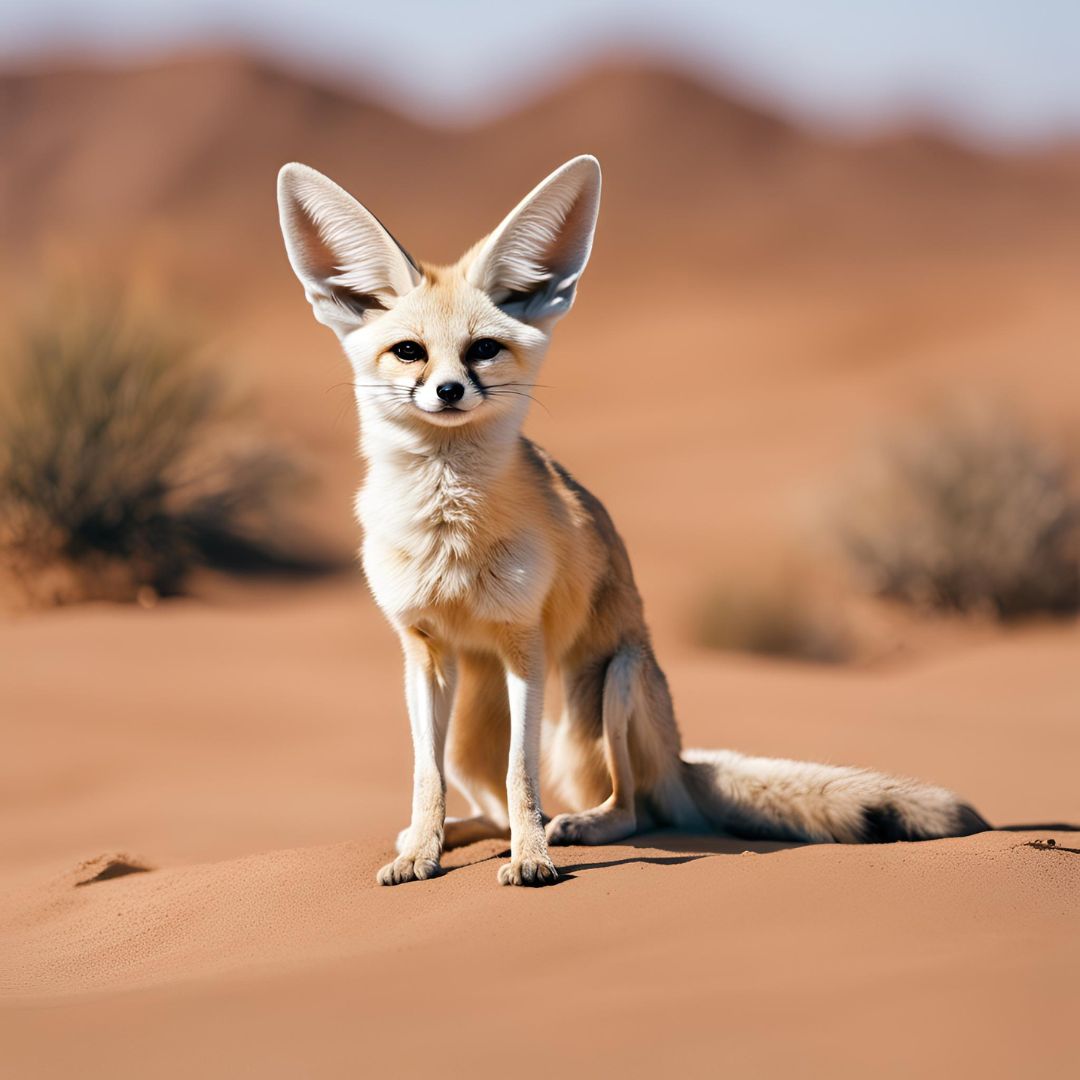-
Camouflage: The ability to blend into the surroundings is a crucial adaptation for many animals. The chameleon, with its ability to change color to match its environment, is a classic example. This adaptation helps them evade predators and ambush prey, giving them a crucial edge in the wild.
-
Echolocation: Bats have developed a remarkable adaptation known as echolocation, which allows them to navigate and hunt in the dark. By emitting high-pitched sounds and listening to the echoes that bounce back, bats can create a detailed map of their surroundings, enabling them to catch insects on the wing with astonishing accuracy.
-
Mimicry: Some animals have evolved the ability to mimic other species to gain an advantage. The viceroy butterfly, for example, mimics the coloration of the toxic monarch butterfly, deterring predators from attacking it. This form of deception is a powerful defense mechanism in the natural world.
-
Hibernation: To survive harsh winters or periods of food scarcity, some animals have evolved the ability to hibernate. During hibernation, their metabolism slows down, allowing them to conserve energy until conditions improve. Bears, groundhogs, and some species of bats are known for their hibernation abilities.
-
Bioluminescence: Found primarily in deep-sea creatures, bioluminescence is the production of light by living organisms. This adaptation is used for communication, camouflage, and attracting prey. Deep-sea anglerfish, for example, use bioluminescent lures to attract prey in the dark depths of the ocean.
-
Crypsis: This is the ability of animals to avoid detection by blending with their surroundings. The katydid, for instance, resembles a leaf, complete with veins and discoloration, making it nearly indistinguishable from a real leaf. This adaptation helps them avoid predators and hunt more effectively.
-
Migration: Many species undertake long and arduous journeys to find food, breed, or escape harsh weather conditions. The Arctic tern, for example, travels from its breeding grounds in the Arctic to the Antarctic and back, covering an astonishing 71,000 kilometers (44,000 miles) annually. This migration is a testament to their adaptation to different environments.
-
Desert Adaptations: Animals that inhabit deserts have evolved special adaptations to survive in extreme heat and limited water. The fennec fox, with its large ears for dissipating heat and keen sense of hearing for detecting prey underground, is a prime example of desert adaptation.
-
Aquatic Adaptations: From the streamlined bodies of fish to the webbed feet of ducks, aquatic animals have evolved a range of adaptations to thrive in water. The gharial, a fish-eating crocodilian, has long, thin jaws perfectly adapted for catching fish in fast-flowing rivers.
-
Extreme Environments: Some animals inhabit the most extreme environments on Earth, such as the deep sea, high mountains, or polar regions. These animals have evolved specialized adaptations to survive in these harsh conditions, such as antifreeze proteins in Arctic fish or heat-resistant enzymes in thermophilic bacteria.
In conclusion, the adaptations seen in the animal kingdom are a testament to the power of evolution. Each adaptation is a finely tuned solution to the challenges posed by the environment, allowing animals to thrive in habitats that would otherwise be inhospitable. As we continue to study and learn from these adaptations, we gain a deeper appreciation for the diversity and resilience of life on Earth.



